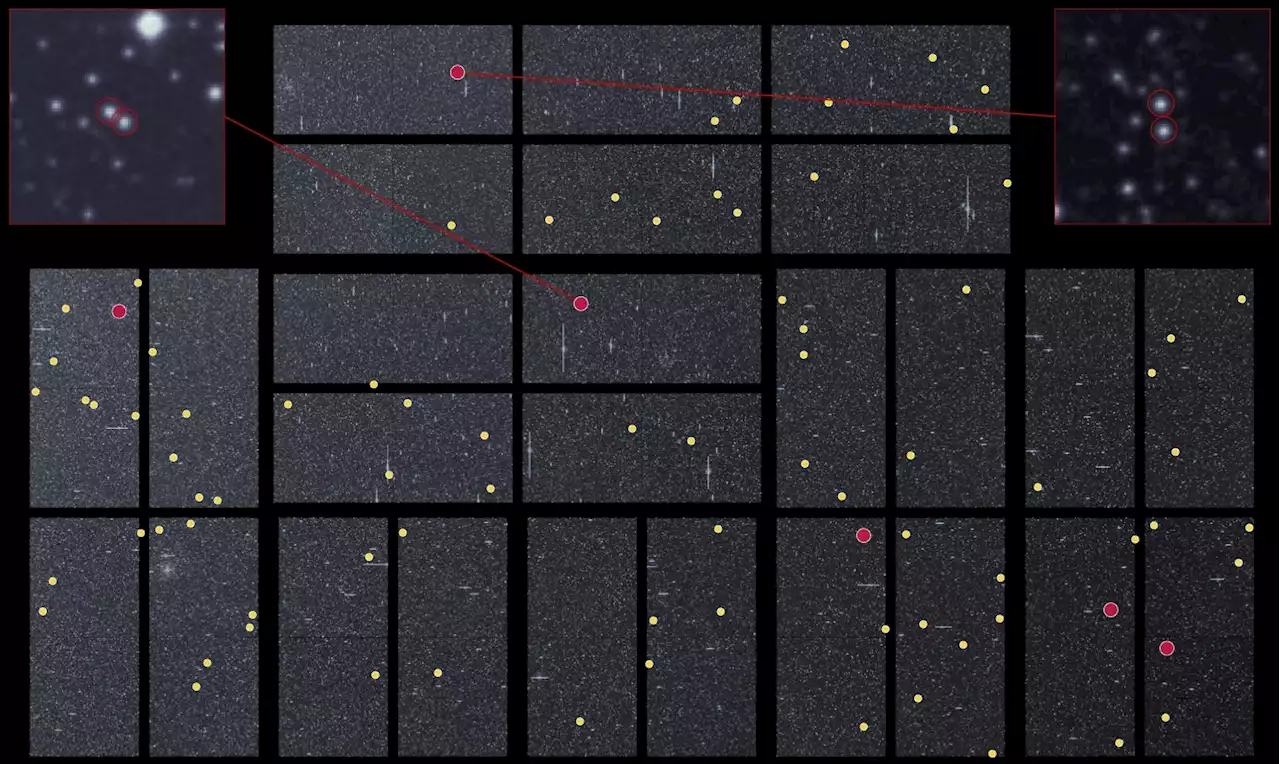Astronomers Have a New Trick to Work out the Age of Stars - by briankoberlein
Star clusters such as open clusters and globular clusters generally form within a single molecular cloud, and they do so around the same time. When you look at the stars in a cluster you know they are all around the same age. Astronomers can use this fact to get a good age for star clusters. Individually there will be variations in things like metallicity and temperature, but statistically, the average age determination is a good measure of the cluster’s age.
But one thing that has been noticed is that among star clusters, older clusters have stars that rotate more slowly than stars in young clusters. This suggests that a star’s rotation rate slows down as it ages. This would be a great way to determine stellar age because many stars have starspots, which we can use to measure rotation pretty easily. There are just two problems. The first is that within a cluster stars can be gravitationally bound, and this interaction might be driving the slowdown.
The team then applied the cluster method of using temperature and rotation rate to determine the age of each star in a pair. They found that the ages of binary pairs matched using this method. And with 300 samples to work with, they are confident the method works. The team also found the approach worked regardless of the metallicity of the stars. So while metallicity might have a small effect on stellar age, the rotation approach works all the same.
From this work, astronomers can feel confident in using rotation as an age measure regardless of whether a star is single, binary, or part of a cluster. This is great news. Telescope satellites such as Gaia and the upcoming PLATO mission have the search for exoplanets as part of their mission. The same method used to find the dip in stellar brightness as an exoplanet transits can also be used to measure the rotational rate of a star through starspots.
Malaysia Latest News, Malaysia Headlines
Similar News:You can also read news stories similar to this one that we have collected from other news sources.
 Astronomers discover rare two-faced white dwarf starAstronomers have discovered a never-before-seen two-faced white dwarf star that could completely change what we know about star composition.
Astronomers discover rare two-faced white dwarf starAstronomers have discovered a never-before-seen two-faced white dwarf star that could completely change what we know about star composition.
Read more »
 Broadway Musical ‘New York, New York’ Will Close on July 30The show, with a score by Kander & Ebb and additional lyrics by Lin-Manuel Miranda, opened on April 26.
Broadway Musical ‘New York, New York’ Will Close on July 30The show, with a score by Kander & Ebb and additional lyrics by Lin-Manuel Miranda, opened on April 26.
Read more »
 ‘New York, New York’ Musical Sets Broadway ClosingNew York, New York, the John Kander & Fred Ebb musical that arrived on Broadway last spring to considerable anticipation, will play its final performance on Sunday, July 30, having played just …
‘New York, New York’ Musical Sets Broadway ClosingNew York, New York, the John Kander & Fred Ebb musical that arrived on Broadway last spring to considerable anticipation, will play its final performance on Sunday, July 30, having played just …
Read more »
